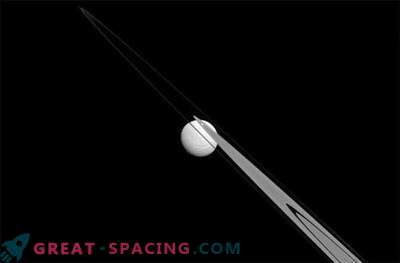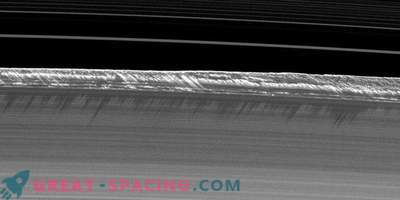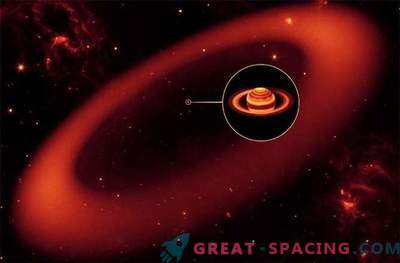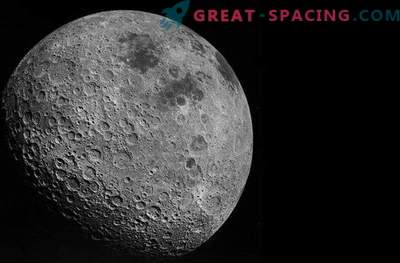
The Cassini spacecraft extracted this view of Saturn and the system of rings on April 25, 2016.
Most likely, it will be difficult for you to recognize Saturn without its proprietary ring system. But go to the future for 300 million years, and you will see a strange picture - the rings have disappeared. True, there is reason to believe that this process will be realized even faster.
These are conclusions from a study of a new phenomenon called “ring rain”. He pulls water from the rings of Saturn in the region of the average latitude of the planet. With the addition of data from the Cassini spacecraft, scientists concluded that the rings risk disappearing within 100 million years. It seems tragic, but we are lucky enough to admire this feature. Indeed, in our time from the giant systems of the rings of Jupiter, Uranus and Neptune were only "shreds".
A new study is based on ground-based observations collected over several hours in 2011 in Hawaii. The instruments focused on a particular form of hydrogen that glows in infrared light. It forms a “ring rain”, which scientists have been researching for several decades. The results are really amazing. If the apparent amount of ring rain detected over a short period of observations is considered typical for Saturn's weather forecast, then such rain will absorb a huge amount of ice rings (420-2800 kg). This speed, combined with the modern mass of Saturn, allows us to calculate the continuation of the existence of rings - 300 million years. But there is uncertainty due to the large scatter.
Fate looks even more sad if you consider the studies published from the Cassini review in early 2018. Indicators of the life expectancy of the rings are reduced to 100 million years.











































